I'm trying to reverse engineer the intermediate circuitry of a 1960s vintage marine tachometer made by a now defunct firm called Airguide. Airguide referred to the black box as a "transmitter."
The circuit works. I jimmied together a pulse generator and the tach responds. I'm hoping to figure out what the guts are so I can make a reproduction for other tachs that lack a "transmitter."
There are a couple of real stumpers because they're unlabelled, hidden, or just plain mysterious. And the components are caked with conformal coating that's like concrete. Can't test individual elements.
Hidden between the Erofol II and what I assume is a capacitor (the cylindrical one) is a component I don't recognize. It's shaped like a resistor, is painted green with a black stripe near the lead. There's a label which includes "8.0" and what could be the bottom half of a "K."
There are also two components that resemble overhead walkways with what appears to be exposed wiring. Each has a lead coming off between the two ends. The signal going to both the plus and minus sides of tach. Both are connected either directly or indirectly to the plus and minus sends to the tach.
I'm not capable of drawing a full schematic, but I've tried to trace the circuitry in case the pics are not enough information.
I realize that with 6 mystery components and no testing ability it may be impossible to define what's going on in this gizmo, but any thoughts would be appreciated.
3/2 20:16 CST
Einar, sorry to take so long to respond. I've been trying to figure out voltage/rpm. The numbers look odd to me.
I used a PWM generator (12 V, 50 percent duty cycle) connected to the meter through the circuit. I measured voltage at several steps. No nice round numbers. Results are in this chart:
Here's a picture of the setup:
I will review your latest and try to make some educated guesses.
First is N. Inconsistent. Rises with RPMs. X-axis should be the Hz of each sample. Couldn't get Excel to display them. Same as in above chart: 95, 100, 190, 312, 380, 455.
Should we continue via email? I'm at billcatlin@comcast.net if that seems like a good idea. The site is warning me to that I'm making extended comments, but I don't have standing to switch to chat. Thanks again!
3/3/20 16:44 CST Next try
I'm still very fuzzy on the difference between Q and Coulombs per second and amps, but an old HeathKit multimeter my father-in-law gave me measures DC amperage.
Hz μA
455 107
380 92
312 76
190 47
100 26
95 24.5
Here's a pic of the ol' gal in action:
 I have also included a drawing of the waveform at three places in the circuit.
I have also included a drawing of the waveform at three places in the circuit.